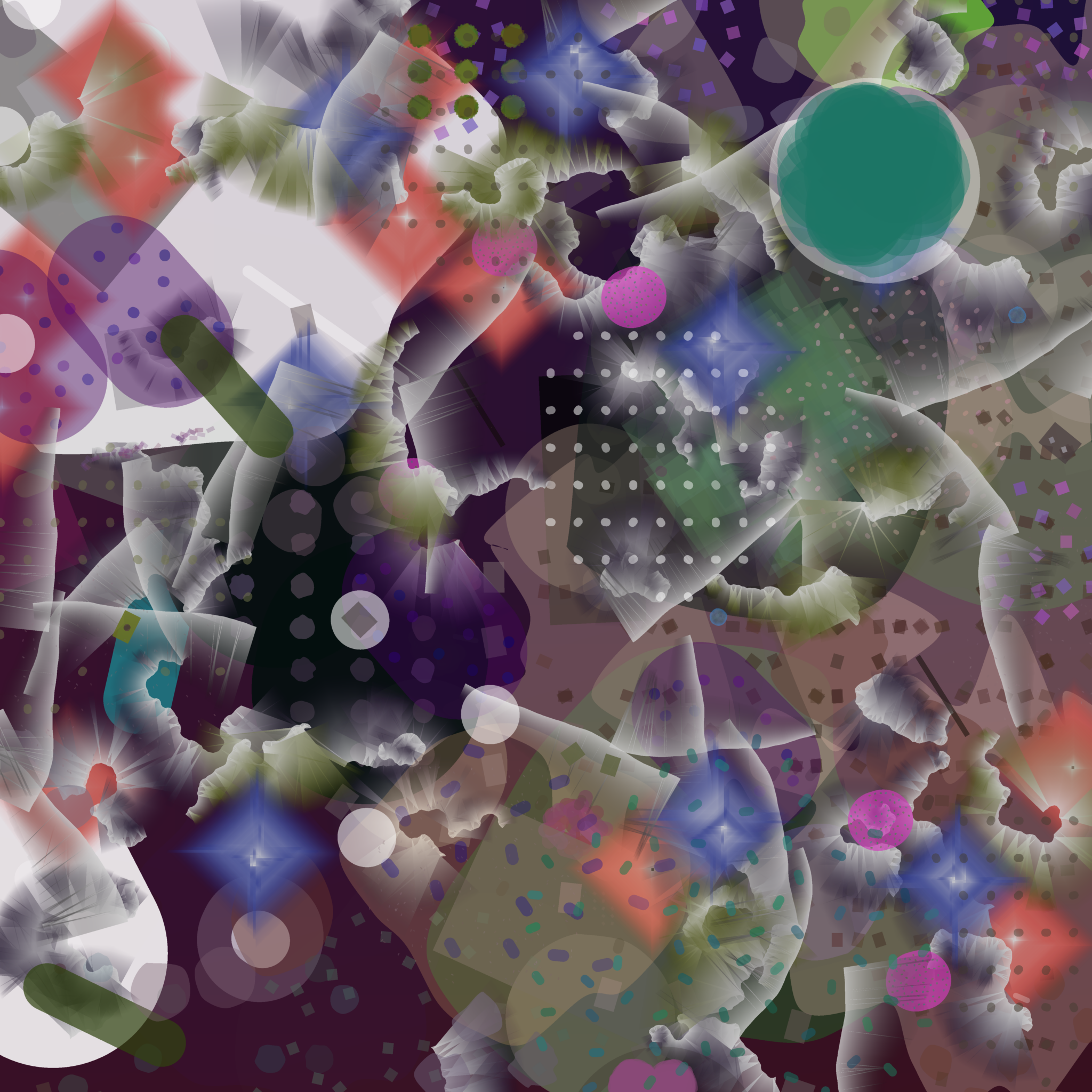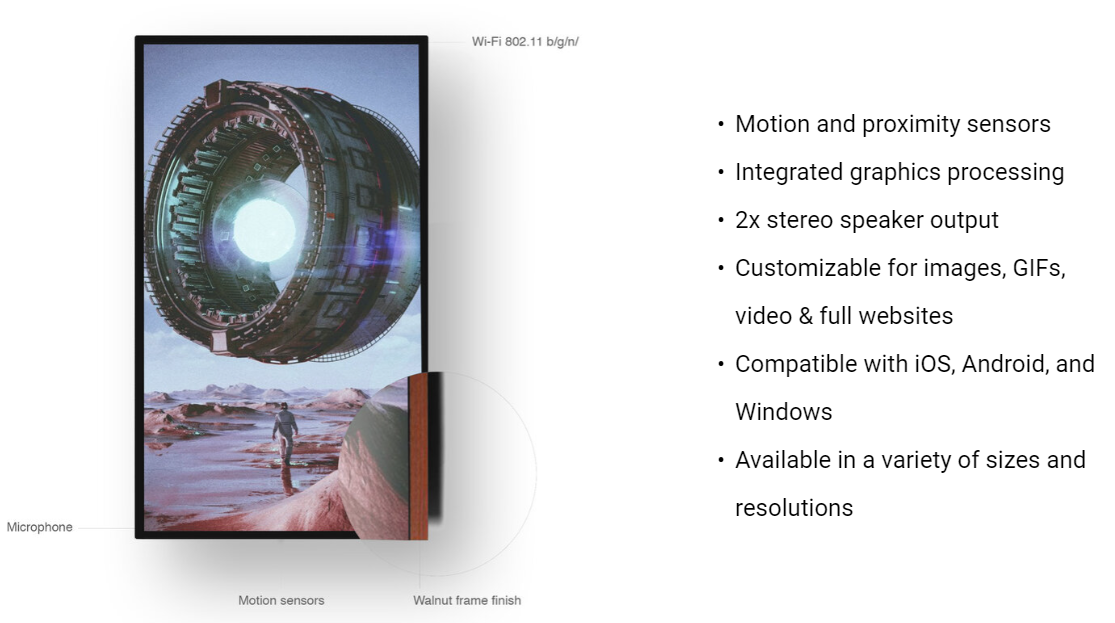Originally posted on Substack
“Don’t worry if people think you’re crazy. You are crazy. You have that kind of intoxicating insanity that lets other people dream outside of the lines and become who they’re destined to be.” - Jennifer Elisabeth
Hello friends!
I hope you all have been having great weeks full of inspiration. I know that I am spotty right now with the newsletter. There are a number of things going on (two jobs mainly) which I hope will pass in the next couple of months.
I’ve also been obtaining an amazing number of resources on the history of generative art!
I hope to really dig in and provide some content in the coming months that will accumulate in a site that will be accessible and help put a place on the map for the wonderful world of generative art.
Hope you have an amazing week and continue to create!
Chris
📰 Events / Drops
Glitch Crystal Monsters - Alida Sun
And we have another amazing Artblocks drop by Alida Sun called Glitch Crystal Monsters. She writes:
A synthesis of over 777 days of generative artmaking, motion as survival, and coding as transformative ritual. Sky gardens of trustless techno-leviathans crystallize, entangle, and play between dimensions online and AFK, generating new forms altogether. I channel these speculative phenomena to highlight the fluid, transformative possibilities of structures perceived as rigid and immutable. Their intricate geometries move freely beyond limited social media compression that severely reduces the experience of digital art. These formations also embody choreographic elements from collaborative live coding dance performance.




Alida Sun is an artist and intersectional futurist based in Berlin and New York. Her current practice focuses on assemblage, extended realities and experimental humanities. I had the opportunity to speak with Alida in anticipation of her upcoming Art Blocks project ‘glitch crystal monsters’.
🚤 Motion
Digital Grotesque II
Digital Grotesque II explores a new relationship between designer and computer, in which the computer turns from a passive instrument to an active partner who can expand the imagination of the designer. The computer learns to generate architectural structures which evoke interest, curiosity, and an emotional response. A single volume spawns millions of branches, growing and folding again and again. Hundreds of square meters of surface are compressed into a 3.5 meter high block that is brought to life as a seven ton, 3D printed sandstone structure.
🔖 Articles and Tutorials

Fourier Transforms
Put simply, the Fourier transform is a way of splitting something up into a bunch of sine waves. Following are a few resources to look up and digest to get more involved in Fourier transforms that may help your generative work and create some next-level work!
- An Interactive Guide To The Fourier Transform - great overview of the maths
- But what is the Fourier Transform? A visual introduction. A great Youtube video by 3Blue1Brown, also explaining the maths of Fourier transforms using the use case of audio in it
- A Tale of Math & Art: Creating the Fourier Series Harmonic Circles Visualization How you can use epicycles to draw a path, explained from a linear algebra perspective.
- Fourier transform (Wikipedia) the Wikipedia article is pretty good too.
An Interactive Introduction to Fourier Transforms
Put simply, the Fourier transform is a way of splitting something up into a bunch of sine waves. As usual, the name comes from some person who lived a long time ago called Fourier.

An Evolutionary Approach to Generative Art
I start with color because it deserves far more attention from generative artists than it often gets. When surveying the world of published generative art, you’ll often find that shapes, patterns, and structures are the only stars of the show. When color is considered by the artist, I’m surprised when color palettes are hand-chosen, rather than generated through code. My work typically generates randomized color palettes, using shifting rule sets to help maintain both variety and cohesiveness of color palettes across a series.

From .obj To Pen Plotter
For a recent project I needed to take a digital scan of a sculpture as an .obj and export it as an .svg, suitable for outputting on my pen plotter. It was a slightly tricky process which took time to refine, so I thought I’d create this guide to share my process (though I am sure there are many other methods). To convert and clean up the model, I used Blender with the Render: Freestyle SVG exporter add-on. For the final plot, I used Illustrator (my preferred vector editor) and Inkscape to prepare the file, and an Axidraw A3 with a Muji Gel ink ballpoint pen cap type pen 0.38, black on Khadi Papers, A3 320 gsm cotton rag.

Programming the Weird: Guide to Quantum Computing for Artists
Quantum computing is being intensely pursued by companies such as Google, IBM and Microsoft. In 2014, the UK was the first country to announce a quantum strategy, with an investment of £270m. And in 2018, the US followed suit with a $1.2 billion (£851m) investment in quantum information processing over a decade. So what exactly is this technology? Quantum computers rely on the most basic components of our universe: atoms, electrons, photons (particles of light) exhibiting quantum effects such as superposition and entanglement (see my glossary below for more information on these terms). Quantum superposition is used to create quantum bits, where instead of the binary 0 or 1, a quantum bit (or qubit) can be in many different combinations of 0 and 1 at the same time. This leads to a type of parallel computation where many different calculations run at once rather than sequentially, like on digital computers.
Token Art Tools (Specific for Artblocks Artists)
{{ youtube Pvz4VGVIuEg }}
Walkthrough of Token Art Tools v1 features, which is a web app for generative artists working on Artblocks scripts that helps visualize how hashpairs influence features in their work.
Making Generative Music using Pure Data
{{ youtube mSpcOidA3iI }}
In this beginners tutorial, we will create a generative music piece using basic sounds and sequencing which you will create yourself in Pure Data. I will explain all you need to know about what Pure Data is and how to use it.
Here is a great little channel for beginners tutorials!

Digitally Display your Art
We’ve covered how to display your art in the metaverse and explained the basics of printing fine art. Now, let’s cover a few ways you can digitally display art you own at home. Unfortunately, this technology is still fairly young, and most options are trying to fit a square peg in a round hole. But more projects are popping up that don’t compromise on the visual experience and don’t run afoul of licensing. I’ll touch on the obvious way to digitally display your collection, a new software solution (that needs some work), and the premium options that offer the best viewer experience.
📚Books
Lumen Naturae

Exploring common themes in modern art, mathematics, and science, including the concept of space, the notion of randomness, and the shape of the cosmos. This is a book about art—and a book about mathematics and physics. In Lumen Naturae (the title refers to a purely immanent, non-supernatural form of enlightenment), mathematical physicist Matilde Marcolli explores common themes in modern art and modern science—the concept of space, the notion of randomness, the shape of the cosmos, and other puzzles of the universe—while mapping convergences with the work of such artists as Paul Cezanne, Mark Rothko, Sol LeWitt, and Lee Krasner. Her account, focusing on questions she has investigated in her own scientific work, is illustrated by more than two hundred color images of artworks by modern and contemporary artists.